Naso Tang – Naso lituratus
$57.00 – $515.98
Select Variant
Naso Tang - Naso lituratus
- Additional Information
- Reviews
Size
S | SM | M | ML | L | XL | XX | SH


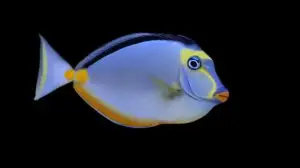

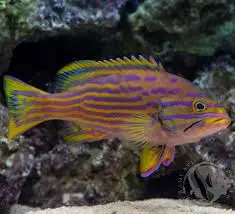

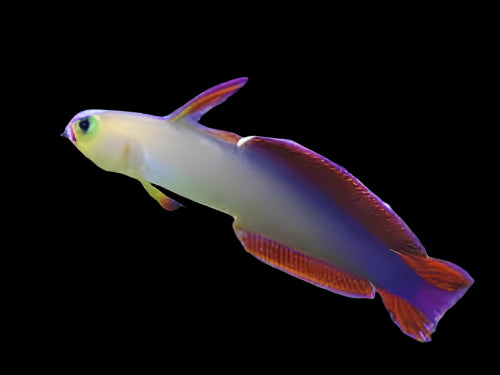
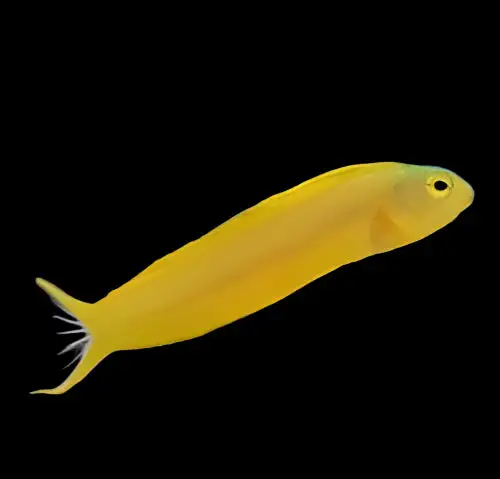
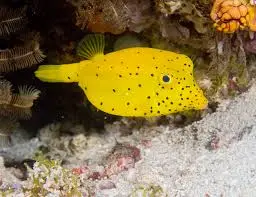
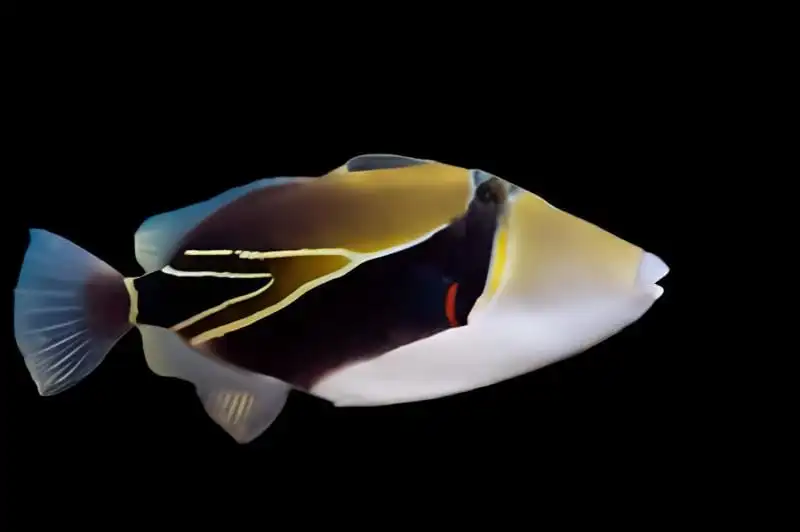
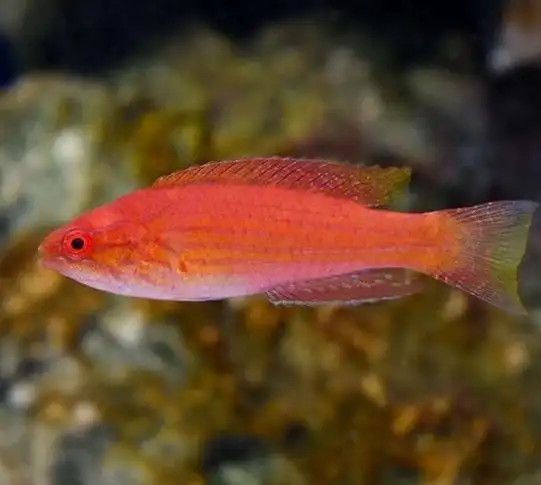

Reviews
There are no reviews yet.